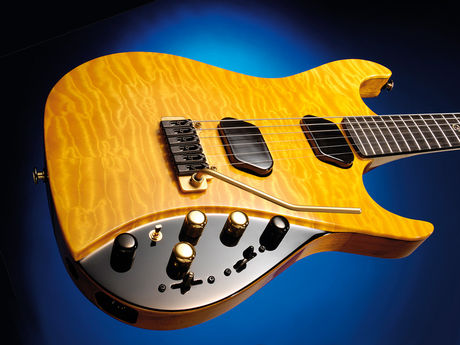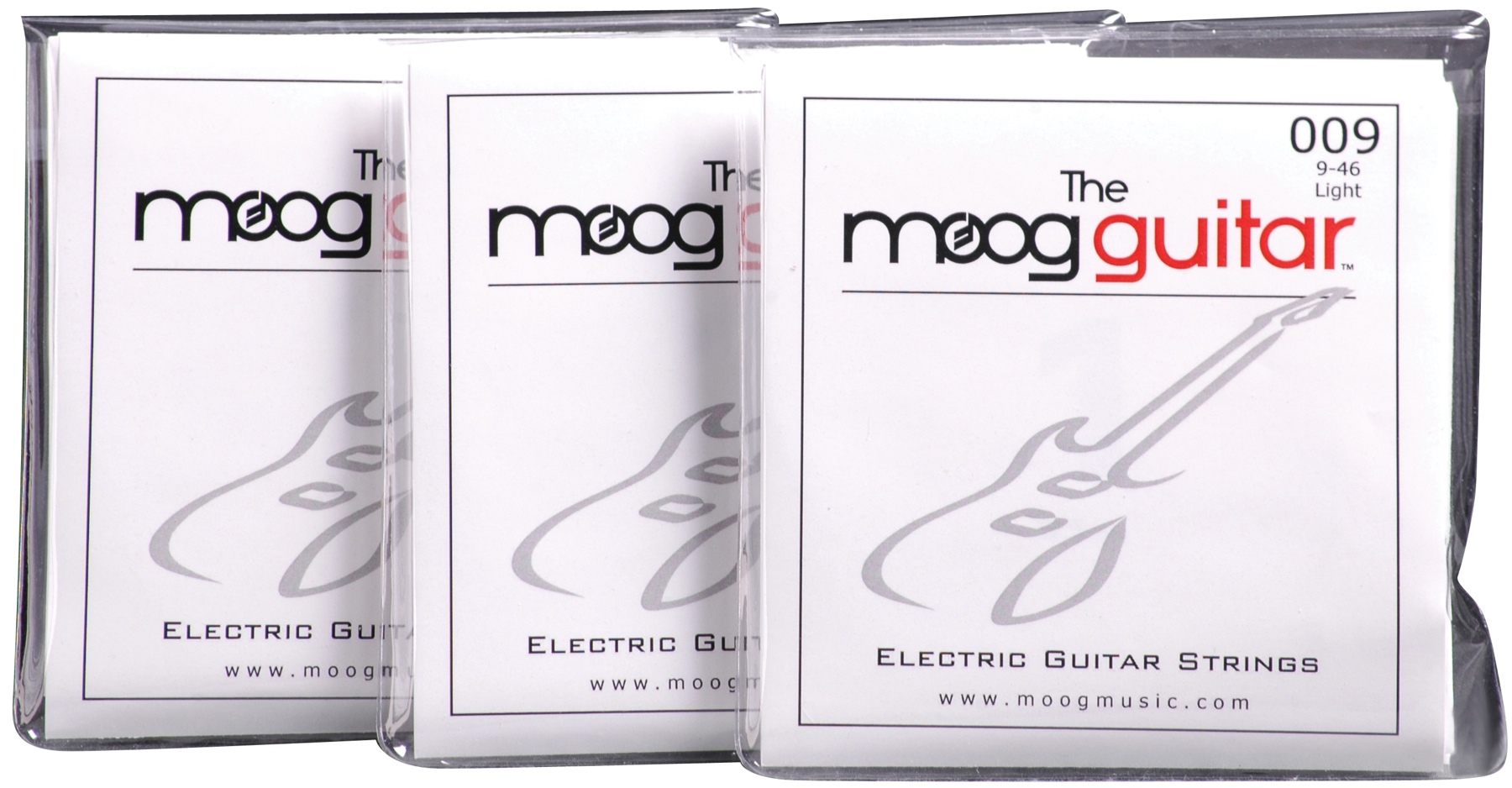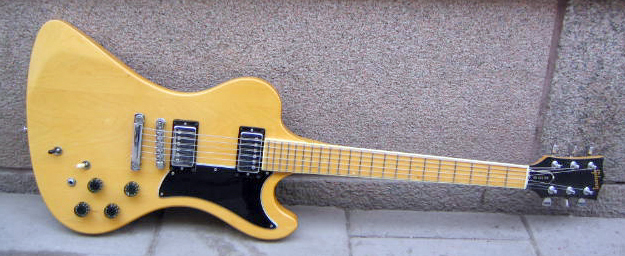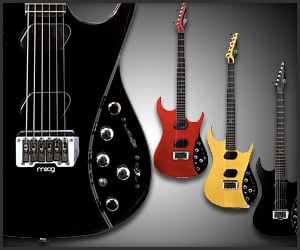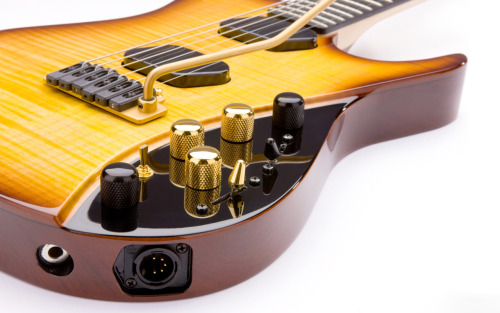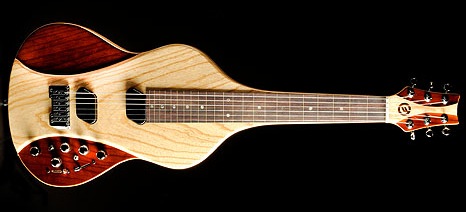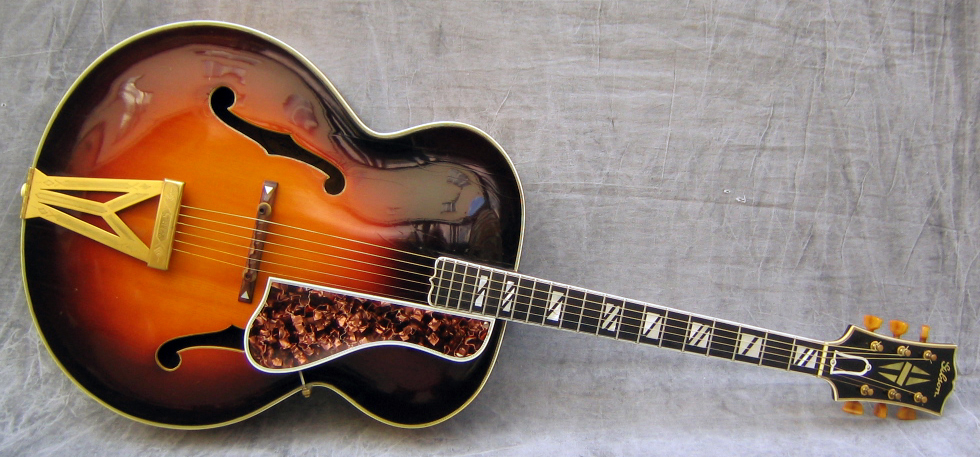 |
| 1938 Gibson Super 400 |
 |
| Stromberg Master 400 |
The lady that inherited the guitar had it appraised at a music store and they valued it at $1500 to $2000. It was actually worth around $25,000.
The Strombergs of Boston and John D’Angelico of New York City based their guitar designs on the Gibson L5, which was not only one of the finest guitars ever produced but also one of the most historically significant guitars.
 |
| D'Angelico Excel |
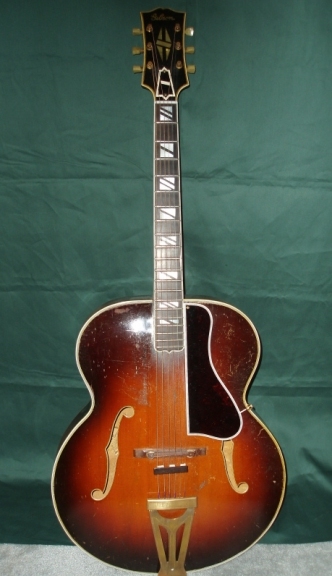 |
| Paul Yandells 400 |
D’Angelico's Excel was much more elaborate.
 |
| 1929 L-5 |
By 1934 the guitar was renamed the Gibson Super 400. Its grand auditorium body shape is not unlike Orville Gibson’s 1902 Style O model. The L5 was part of what Gibson called the Master Series. This included the legendary F-5 mandolin, H-5 mandola and K-5 mando-cello and of course the L5 guitar. All were created in an era when Mandolin orchestras were popular.
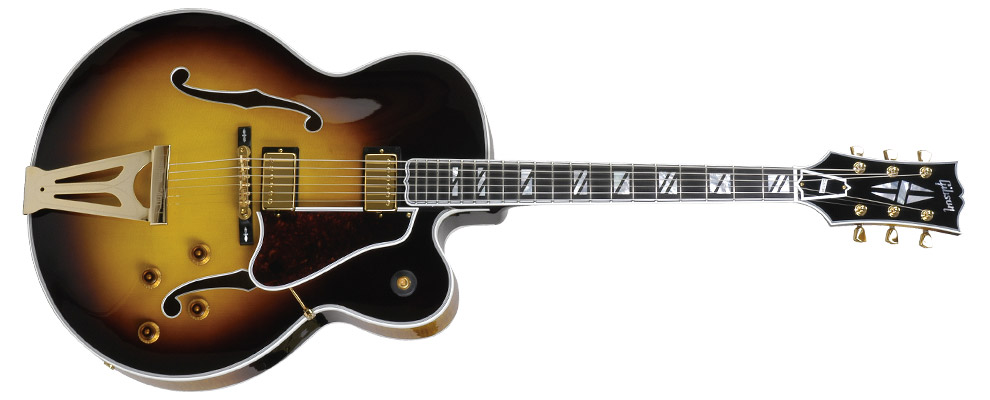 |
| New Super 400CES |
(The current suggested retail price for a brand-new Super 400 CES is $14,099. A new Gibson L5 acoustic will set you back $6,774. At present Gibson does not offer a Super 400 acoustic model.
The Super 400 is perhaps the finest Gibson that was ever produced. It was also the largest guitar that the Gibson Guitar Corporation had produced. The original models came with a hand-engraved tailpiece and finger rest support. The early models had engraved truss rod covers that still stated this was an L-5 Super.
By 1939 the model the truss cover were changed and the designation Super 400 was official. Changes were made to the design. The upper bout was enlarged and there was no hand engraving on the tailpiece. The f-holes were enlarged on this instrument. A cutaway model was also offered. This was designated the Super 400P or premiere. Later on Gibson changed the cutaway designation to C.
 |
| 1956 Super 400CES |
 |
| Beautiful neck heel cap |
The f-holes had triple binding. The pick guard was a brown pearloid model. The beautiful bound ebony fretboard came with split block inlays.
 |
| Click to see L5 logo |
By 1939 the guitar was offered with a single Venetian cutaway and known as the Super 400P. Other changes occurred to this model including the switch to Kluson tuners with amber tulip shaped buttons and a natural finish became an option.
Production at the Gibson factory was halted in 1941 due to the war effort.
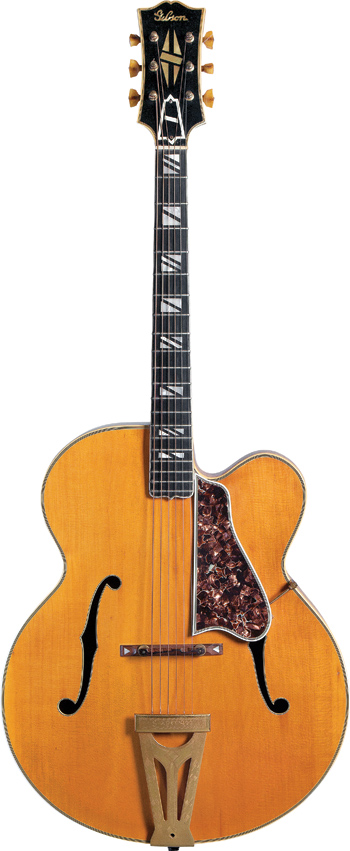 |
| Super 400PN |
Guitar operations resumed in 1948, after the war ended. The Super 400P was re-christened the Super 400C.
 |
| With P-90's |
This guitar had a slightly thicker top, to eliminate feedback. It originally came with twin P-90 pickups, each with its own volume and tone control and a three-way toggle switch to control them. The P-90's were updated to Alnico V pickups and in 1957 Gibson used twin humbuckers.
By 1952 a natural finish version of the 400 CES was available and named the 400 CESN (N for natural)
It was in 1955 when Gibson decided to discontinue the Super 400 and Super 400N guitars from their product line up. By 1982, slumping sales of the Super 400 CESN brought an end to this model and in 1987 the Super 400 CES was no longer being manufactured.
One rather rare model I have come across is a Gibson Super 400 CES with a Florentine cutaway manufactured in 1966.
There have been some reissues in the 1990’s on a limited run basis. In 2000 Gibson had a very limited run of Super 400 CES models with the Charlie Christian pickup.
The Super 400 CES is currently being offered on Gibson’s home page.
The only other current models that would be similar are the one pickup Wes Montgomery L5 CES and Lee Ritenour L5 CES models and the twin pickup Custom L5 CES model.
There are some very notable players of the Super 400 CES other than Mr. Montgomery and Mr. Ritenour. Scotty Moore played one on Elvis’ 1968 live concert.
 |
| Merle with Super 400 |
 |
| Eddie and Alonzo Pennington photo by Michael J. Stewart |
If you watch the following videos, pay attention to how massive a guitar this is.
Before Merle Travis passed away, the Gibson Guitar Company asked him to donate his guitar to the Country Music Hall of Fame in Nashville, Tennessee. In turn, Gibson built an exact replica of his special modified Super 400 CES. It is interesting to note that Merle's new guitar had a wooden center block similar to what is found on ES-335 models.






























